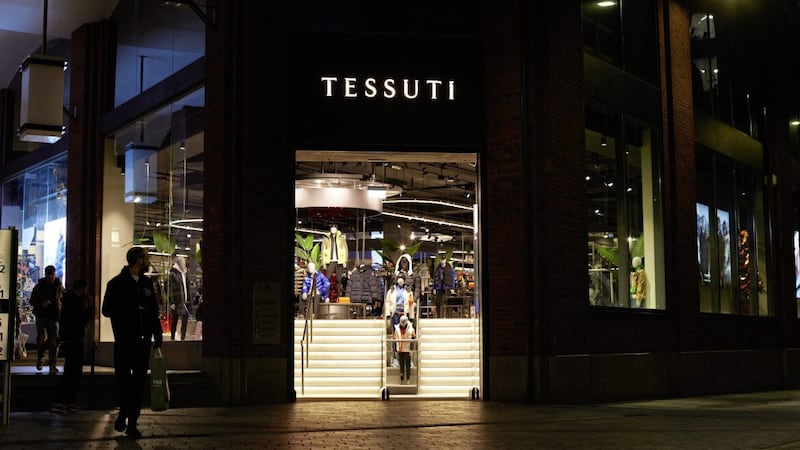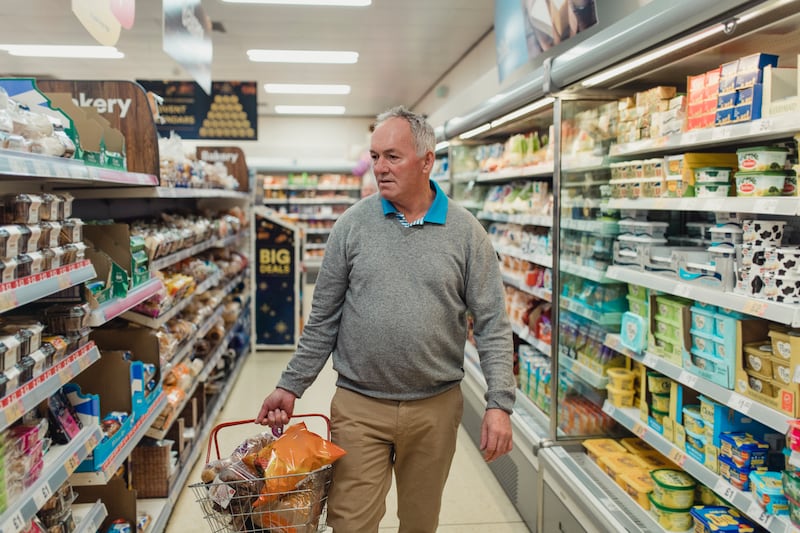GROCERY inflation has been soaring in the last year - but so have sales in Northern Ireland supermarkets to the tune of nearly £4 million every week.
New analysis from Kantar shows that grocery sales grew £192.9 million, or 5.4 per cent, in the north in the year to April 16.
“But with grocery inflation now standing at 13.6 per cent, it means the average annual grocery bill will rise by £680 from £5,000 to £5,680 if consumers don’t make changes their shopping habits," according to Emer Healy, senior retail analyst at Kantar.
She added: “The last 12 weeks have seen strong growth, with grocery sales up by 13.7 per cent, and as food and drink prices continue to climb, Northern Irish shoppers are now spending on average £150.42 more compared to the same time last year.
“And as shoppers look for ways to manage costs, many are turning to cheaper alternatives such as retailer own label lines where sales of own label products are up £56.1m compared to branded products which were up just £44.5m year-on-year.
“Value own-label offerings saw the strongest boost in sales, up 43.7 per cent year-on-year, with shoppers spending an additional £6.7m. Branded goods saw share decline from 55.7 per cent to 54.9 per cent, with own-label now holding 42.8 per cent of the market, up one percentage point year-on-year."
The Kantar figures show that many households in the north splashed out for Easter Sunday dinner, with sales of vegetables up £3.6m, beer and lager up £1.7m, and lamb up £1.3m.
Sales of Easter eggs and other confectionary soared by 47 per cent, with shoppers spending an additional £6m year-on-year.
Tesco maintains its position as Northern Ireland’s largest grocer with a 35.7 per cent market share, followed by Sainsbury’s (16.9 per cent), Asda (16.3 per cent) and Lidl (7.5 per cent), with other multiples having an 8.1 per cent share, symbol stores commanding 7.8 per cent and other outlets taking an 8 per cent cut.







